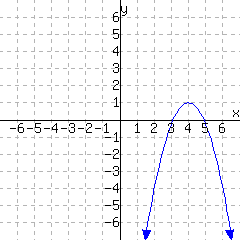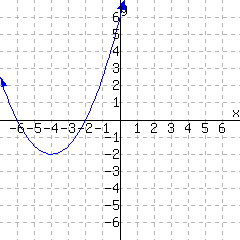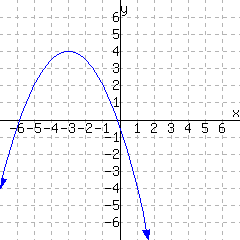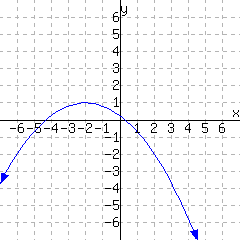Since the mulch costs \(\$27\) per cubic yard and delivery is \(\$40\text{,}\) the formula for the cost of \(x\) yards of mulch is \(27x+40\text{.}\) Since Mishel wants to spend between \(\$200\) and \(\$300\text{,}\) we just trap their cost between these two values.
\begin{align*}
200\amp\lt27x+40\lt300\\
200\subtractright{40}\amp\lt27x+40\subtractright{40}\lt300\subtractright{40}\\
160\amp\lt27x\lt260\\
\divideunder{160}{27}\amp\lt\divideunder{27x}{27}\lt\divideunder{260}{27}\\
5.93\amp\lt x\lt9.63\\
\amp\text{Note: these values are approximate}
\end{align*}
Most companies will only sell whole number cubic yards of mulch, so we have to round appropriately. Since Mishel wants to spend more than \(\$200\text{,}\) we have to round our lower value from \(5.93\) up to \(6\) cubic yards.
If we round the \(9.63\) up to \(10\text{,}\) then the total cost will be \(27\cdot10+40=310\) (which represents \(\$310\)), which is more than Mishel wanted to spend. So we actually have to round down to \(9\)cubic yards to stay below the \(\$300\) maximum.
In conclusion, Mishel could buy \(6\text{,}\) \(7\text{,}\) \(8\text{,}\) or \(9\) cubic yards of mulch to stay between \(\$200\) and \(\$300\text{.}\)




